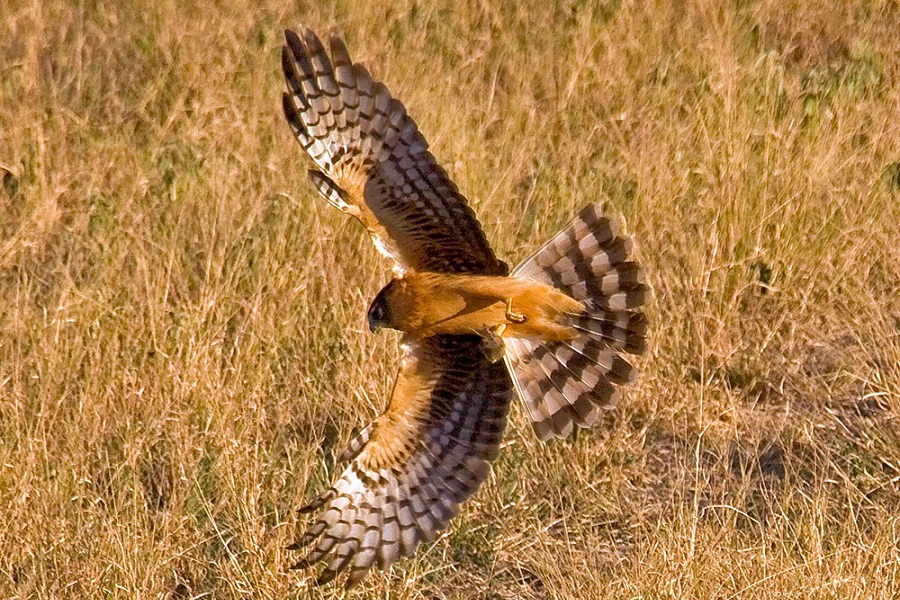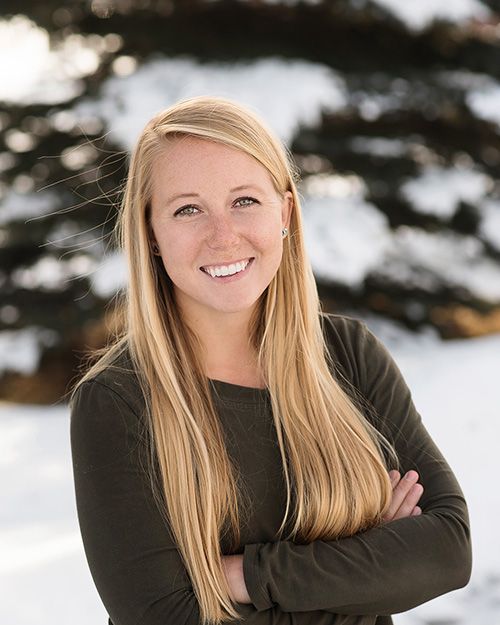Fennessey Ranch was once a classic south Texas cattle ranch. But after more than 170 years in operation, the cattle were beginning to take their toll on the land. Brien Dunn realized the impacts his livestock were having on the environment, and he decided to make a drastic change. Although it is still an active cattle ranch, the 4,000-acre property is now actively managed for wildlife.
Dunn’s first step was to address the effects of the cattle. He reduced the number of cows on the ranch and put in fences to keep them out of sensitive areas such as wetlands and lakes.
Other projects included prescribed burns, installing wildlife-friendly fencing, and wetland restoration. Altogether, these steps were successful in restoring many meadows, forests, and wetlands on the ranch.
As a testament to the health of the land, wildlife are repopulating the area. Wetlands provide nesting habitat and forage for more than 400 species of birds found on the ranch. Amphibians that had previously disappeared from the area are now returning. Renewed water sources and meadows are also attracting native species such as javelinas, boars, and whitetail deer.
These conservation projects are financially self-sustaining. The ranch is open to a variety of activities, with visitors paying user fees based on the type of use. Popular activities include bird watching, photography, hiking, and hunting. Dunn and other Fennessey Ranch staff help arrange the outings and ensure that users do not interfere with each other. For example, certain days are set aside for wildlife photography, during which time all other uses are put on halt. This way, wildlife disturbances are minimized so photographers can get the best shots.
Visitor fees diversify income from the traditional cattle ranch and are reinvested in maintenance and restoration projects on the ranch.
Restoration projects on Fennessey Ranch not only benefit the Dunn family, but also the hundreds of visitors who experience the beautiful property each year, as well as the wildlife populations that now have more room to roam. Brien Dunn does good while doing well, demonstrating how private conservation is often just good business.




